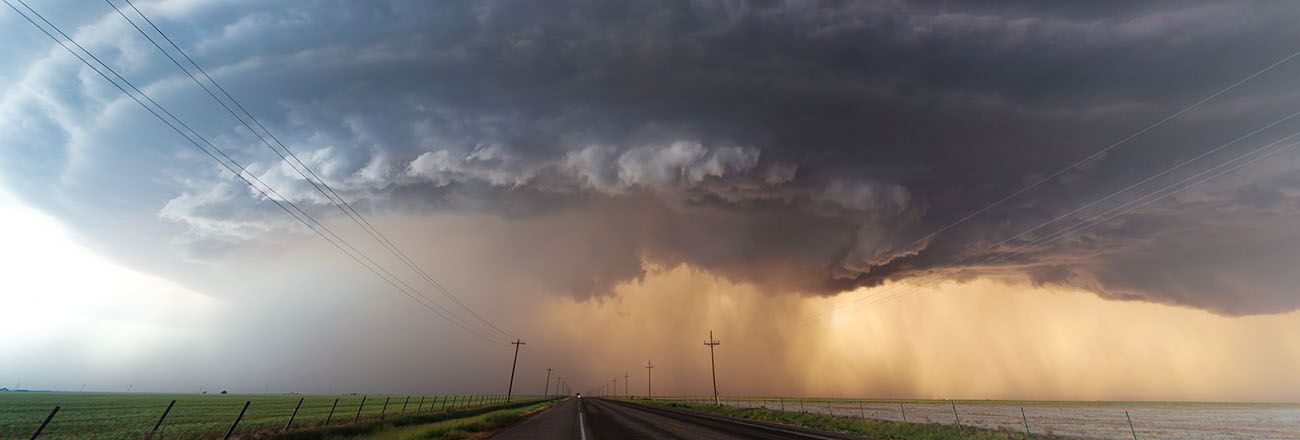
Is your company prepared to handle a natural disaster? The numbers are sobering: Natural disasters cost approximately $520 billion worldwide each year. While many organizations are getting better when it comes to physical preparedness — such as backup generators, building security and communications protocols that keep customers in the loop — it’s easy to forget about IT.
What happens to your data, applications and network infrastructure if power and internet connections are disabled for a day? A week? A month? Here’s what you need to know about the emerging trends of DRaaS, Cloud Backups and the nature of natural disasters.
Risk Factors
Are your IT assets protected if a natural disaster strikes? Start with a self-evaluation. For most companies, the biggest risk factor is storage: How many instances of your data exist, and where are they located?
Occupying the top spot here are businesses that store their data locally but make no backup copies, on site or otherwise. While a natural disaster could destroy this information, a cyber attacker or even physical storage failure could have the same effect.
Next up are organizations that make backup copies of data but store it on-site. Although this reduces total risk, there’s still a problem if a natural disaster impacts all IT services.
Last but not least: Companies with backups outside corporate networks but confined to single geographical sites, typically close to home. The problem? Natural disasters are often widespread, meaning local backup providers could be affected as well, in turn rendering your data inaccessible.
Cloud Business Continuity Solutions
While many companies are moving to cloud solutions to limit their disaster risk, others are understandably concerned about increased complexity or cost. One solution? Off-site Cloud Backups.
By utilizing industry leading technology from Veeam, HorizonIQ Cloud Backups enable IT to manage their backups with ease, all while keeping costs at a minimum.
Another, more robust option? Disaster recovery as a Service (DRaaS). This full-service option provides a way for companies to quickly recover both data and operational functionality as quickly as possible by failing over to a secondary site.
As noted by DZone, survey data found that 75 percent of respondents now use some type of cloud-based disaster recovery services and 72 percent believe these services are “very critical.” DRaaS is essential; the right DR plan is invaluable.
Business Continuity Planning
Companies can no longer afford to ignore the value of cloud storage when it comes to natural disasters. In the context of budget-based business decisions, however, businesses must determine the better fit: cloud backup services that provide the simplicity of a self-service portal for data recovery or the more robust alternative of fully managed, DRaaS services that supply both the means and method required to get your business back up and running ASAP.


